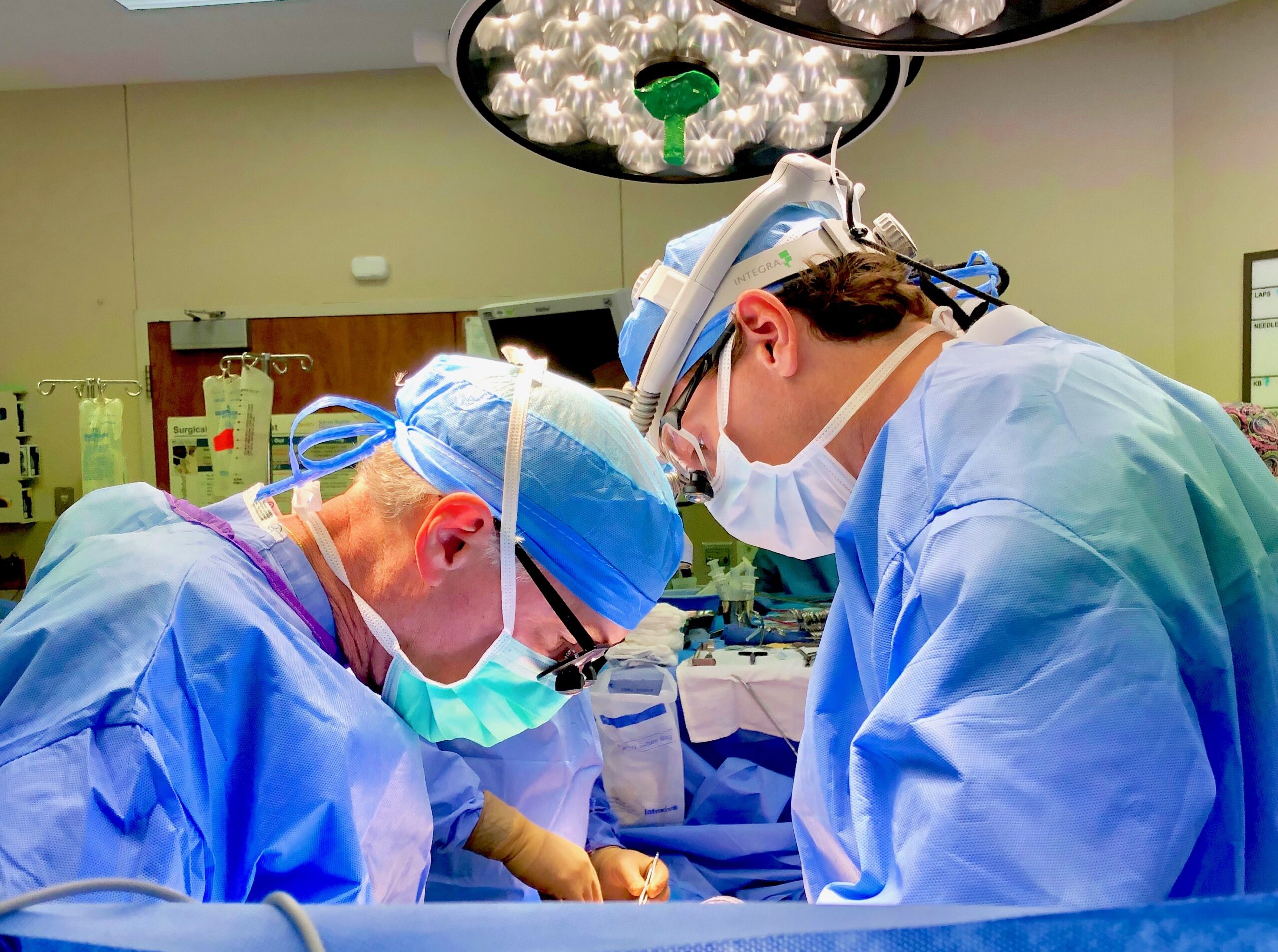In September, we raise awareness about serious issues that affect the aorta, the body’s largest artery and essential component of the heart. September 19th is Aortic Dissection Awareness Day, calling attention to the condition that famously took the life of popular actor John Ritter.
Aortic dissections and aortic aneurysms lead to nearly 10,000 deaths each year. These are conditions that our board-certified cardiothoracic and vascular specialists at CTVS routinely treat.
The most common aortic problems that we see and provide surgical treatment for include:
- Abdominal Aortic Aneurysm (AAA): this occurs when a portion of the aorta that extends through the abdomen weakens and begins to bulge, if it ruptures, it could become life-threatening.
Small aneurysms are usually monitored at first to ensure they do not grow in size. If the aneurysm increases in size, then surgery may be needed to repair the damaged artery. This is often done via a minimally-invasive endovascular procedure using small catheters.
- Thoracic Aortic Aneurysm (TAA): TAA refers to a weakening or bulge that occurs in the aorta where it branches off the heart and extends through the chest. The bulge/aneurysm could cause the aorta to dangerously increase in size and potentially lead to rupture and fatal internal bleeding.
If a TAA increases to a certain size, then surgery is needed to repair the artery. However, if it ruptures, it must be treated immediately as it can be life-threatening. Usually patients with repairs and ruptures undergo open surgery, or like an AAA, with a less-invasive endovascular approach using small incisions and catheters known as Thoracic Endovascular Repair.
- An Aortic Dissection takes place when the inner layer of the aorta tears and causes blood to rush out into the heart. It is often a life-threatening condition and must be repaired by emergency surgery right away.
At CTVS, we also perform routine aortic valve repair and replacement surgeries when the aorta becomes weak or damaged due to age or cardiovascular disease.
Symptoms of an acute aortic issue might include:
- Sudden chest pain
- Shooting pain through the neck or back
- A weakened pulse
- Shortness of breath or excessive coughing
- Throbbing in the lower abdomen, which could indicate an AAA
Ways in which you can work to prevent aortic disease and damage are to:
- Follow a heart-healthy diet
- Manage high blood pressure and cholesterol levels
- Stay physically active and exercise regularly
- Stop smoking, as the CDC reports that smoking is one of the chief causes of aortic aneurysms
For questions about any of our vascular, cardiac, or thoracic services, please visit ctvstexas.com or call us at (512) 459-8753 to schedule an appointment.
Don’t forget to follow us on Facebook and Instagram and check our blog for regular updates.

